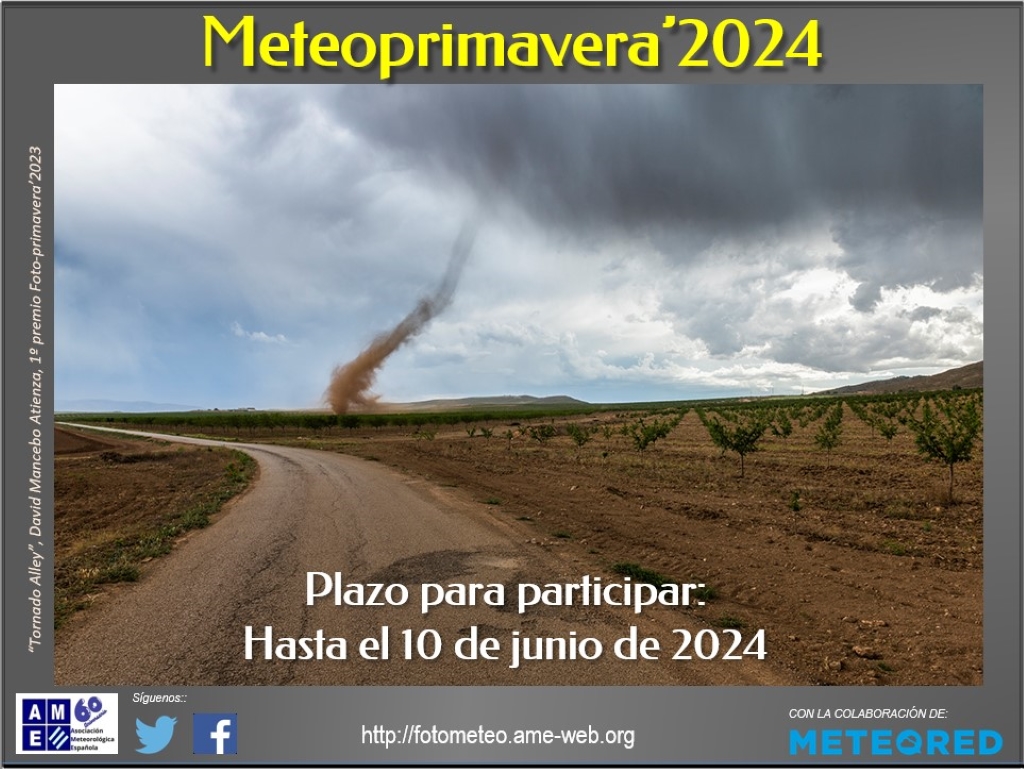A Severe Foehn Storm disintegrated in a couple of days 400 square kilometers of Antarctica’s Larsen B Ice shelf giving now a free way to land ice
- Publicado: Domingo, 06 Febrero 2022 22:32
- Visto: 312
Rapid disintegration of part of the Larsen B ice shelf, already dramatically collapsed in 2002, occurred two weeks ago, between January 19-20, 2022. This breakup is the latest in a series of remarkable events in the Larsen B embayment over the past twenty years triggered by several factors. This year, a warmer-than-average summer and a series of remarkable foehn storms triggered this huge umpteenth collapse.
Continuously present for the past more than 10 years, landfast sea ice in the Larsen B embayment is breaking out again. Between January 16 and the 21st, sea ice linked to the Antarctic Peninsula’s crumbled and disintegrated.
Indeed this breakup is the latest in a series of remarkable events in the Larsen B embayment over the past twenty years. In early 2002, the shelf abruptly fractured. From 31 January 2002 to March 2002 the Larsen B sector partially collapsed and parts broke up, with 3,250 square kilometers (1,250 square miles) of ice suddenly gone, an area comparable to the US state of Rhode Island.
Ice shelves have attracted a great deal of scientific and media attention in recent years, partly because spectacular ice shelf break-up events have been interpreted by some of the natural symptoms of global warming.
Three broad types of ice shelves can be recognized: glacier ice shelves, consisting of the floating margins of outlet or valley glaciers; sea ice shelves, or areas of locally grounded fast ice fed by surface snowfall and basal freezing; composite ice shelves, basically a mix of the two.
Ice shelves are confined to high polar settings where glacier ice is below the pressure melting point. The Larsen Ice Shelf is a series of shelves that occupy or occupied, different embayments along the coast of the Antarctic Peninsula. From north to south, the sections are called Larsen A, which is the smallest, Larsen B, and Larsen C, which is the largest.
Further south, Larsen D and the much smaller Larsen E, F, and G are also named by scientists working in the area. In the image above you can see where they are located. The name of the whole Larsen ice shelf comes from Captain Carl Anton Larsen, a former master of a Norwegian whaling vessel, who sailed along the ice front as far as 68°10′ South during December 1893.
SUMMER 2022 IN ANTARCTICA
Summer in Antarctica is definitely warmer so far this year. As a direct consequence, this January Antarctic sea ice was the second-lowest ice extent in the 44-year record. The image below shows the Antarctic sea ice extent as of February 2, 2022, along with daily ice extent data for five previous years. 2021 to 2022 is shown in blue.
As you can see from the NSIDC image below, at the beginning of February sea ice extent is running at the same pace of season 2017-2018. Regionally, ice extent is tracking below levels observed for 2017 in the Indian and Pacific sectors, but above levels for that year in other sectors.
In the image below, the average temperature for November and December shows a massive positive anomaly up to 4 °C over a large part of Antarctica. The image shows the departure from mean air temperature, in degrees Celsius, at the 925 hPa level. Yellows and reds indicate higher than average temperatures; blues and purples indicate lower than average temperatures.
Although the interior of the East Antarctic Ice Sheet was quite warm, this region typically does not approach the melting temperature. However, coastal areas of the continent had average to above-average surface melting, but here temperature approaches more easily and frequently the melting point during the summer season.
The weather pattern of this summer has seen the strong Amundsen Sea low and a high positive Southern Annular Mode (SAM) so far bringing snow and windy conditions to the southwestern side of the Antarctic Peninsula. On the other side, the northern part of the Antarctic Peninsula experienced the most significant surface melting. Strong, warm winds flowed east and downslope on the eastern side, forcing the melting.
In the image below, we can see the daily total melt as a percent of the total ice area of the region through January 2022, and the average values and ranges for the 1990 to 2020 reference period. Credit L. Lopez, NSIDC, M. MacFerrin, CIRES, and T. Mote, University of Georgia.
As it is clearly visible in the image above, several recursive melting peaks occurred in December and in January, causing extreme melting well above the long-term average.
As a consequence, multiyear fast ice in the Larsen B embayment, in place continuously since early 2011, showed widespread meltwater flooding with some deeper ponds and some areas drained by narrow fractures.
The close-up image below shows the Larsen B embayment with deep meltwater fractures, and the remnant of the older Larsen B, north and south of the new Larsen B. This image was acquired from the Moderate Resolution Imaging Spectroradiometer (MODIS) instrument on the NASA Terra satellite on December 21, 2021.
Fuente:



